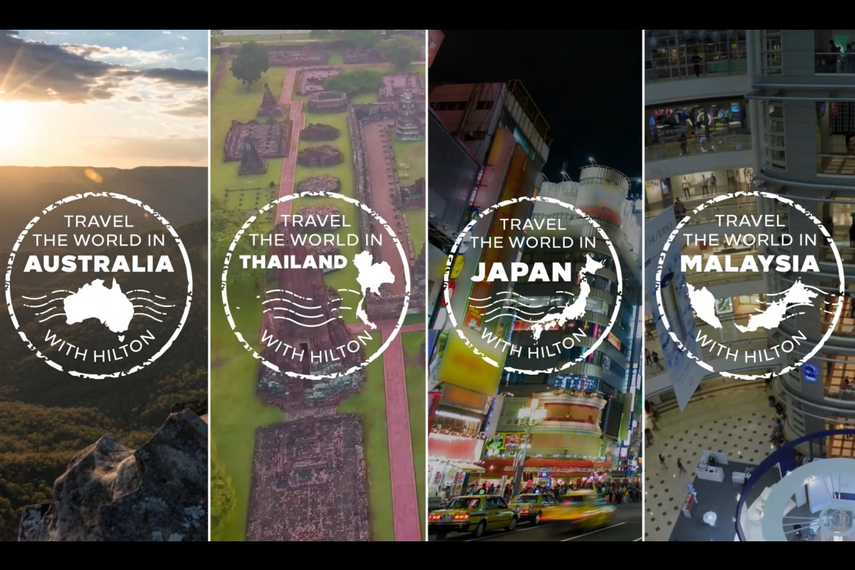
Please sign in or register
Existing users sign in here
Having trouble signing in?
Contact Customer Support at
[email protected]
or call+91 022 69047500
Campaign sentiment has shifted from dreaming of a vacation to pushing consumers to graduate from weekend trips to weeklong adventures, says Ben George the chain's senior VP and commercial director

Contact Customer Support at
[email protected]
or call+91 022 69047500
Top news, insights and analysis every weekday
Sign up for Campaign Bulletins
Campaign's first-ever list of achievers aged 50+, a cohort pushing the marcomms industry forward through tenacity, experience, mentorship and entrepreneurial drive.
Studio.One makes its debut with several ex-AKQA staffers.
In a world chasing report cards, its new campaign, created by FCB Neo, argues that curiosity—and a little rebellion—are the real success metrics.
As brands chase fandom gold, the event is crafting a careful expansion playbook—scaling big while protecting the authenticity Gen Z demands.